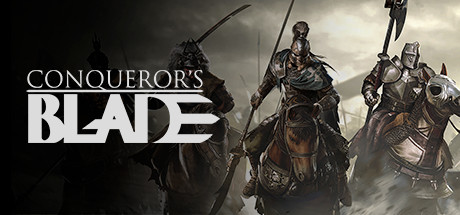Knights-errant are categorised as medieval figures who sought justice at every turn, often in return for a lady’s love. Or, to simply put the world to rights.
In many ways, Sir Galahad was the original knight-errant. Wandering the land in search of adventures to prove his chivalry and nobility, he was motivated by pure moralist idealism. In other words—just a good dude. Galahad was so pure and true that his name was coined as a word meaning “a man showing devotion to the highest ideals.”

A wood engraving of Sir Galahad (from Tennyson's Poems, New York, 1903)
Sir Galahad’s Gallant Deeds
Sir Galahad was the son of Sir Lancelot du Lac and Lady Elaine of Corbenic, born out of wedlock and raised in a nunnery. At 15 years of age, Galahad finally reunited with his father, Lancelot, and was knighted by him after besting him in a duel—the first duel Lancelot had ever lost.
As a new knight, Galahad was then brought to King Arthur's court at Camelot, where he was led to the Round Table, and his seat at the Siege Perilous unveiled—a chair that was said to be saved for the person who would succeed in the quest of the Holy Grail. Other knights who had aspired to take that chair died, and as Galahad survived this near-fatal test, King Arthur recognised his greatness. He then led this new knight out to the river where a magic sword lay in stone, with an inscription reading:
“Never shall man take me hence but only he by whose side I ought to hang; and he shall be the best knight of the world."
Galahad easily pulled the sword from the stone, mirroring King Arthur’s legendary task. Arthur then invited Galahad to become a Knight of the Round Table, and the knights set out to find the Holy Grail soon after, per Galahad’s initiative.
Not only did Galahad set out on the Grail Quest, but he was also known for banishing demons, healing the sick, and rescuing fellow knights, cementing his status as the “perfect knight” who personified courage and chivalry.
When Galahad was reunited with fellow knights Bors and Percival, Percival’s sister led them to the Ship of Solomon, which they boarded and sailed across the sea to an island where Sir Galahad discovered King David's sword. Sir Galahad fixed the broken sword, and in doing so, was allowed to view the Holy Grail.
Knights-Errant Of Today
In modern literature, a knight-errant is a character who is motivated by idealism and seeks to right wrongs in the wider world. Characters such as Don Quixote from the Spanish epic novel of the same name inspired the 2002 film Don Quixote, Knight Errant (El caballero Don Quijote) and are almost definitely inspired by Sir Galahad’s adventures and chivalry. Motivated by tales of noble deeds, a middle-aged man from Spain goes on a series of adventures and quests in pursuit of becoming ‘a knight’. While Don Quixote fully embraces the idea of being a knight, some stories inspired by Sir Galahad aren’t quite as transparent about their influence.

Don Quixote Releases the Galley Slaves by William Hogarth (1756 AD)
The idea of being noble for nobility’s sake is a trope often exercised in popular culture, such as TV, film, and games. In Doctor Who, the Doctor often actively seeks wrongs to right, and the Sixth Doctor (played by Colin Baker, arguably the man who had the most aggressive attitude of all his incarnations) actually calls himself a Knight Errant.
In The Witcher 3: Wild Hunt – Blood And Wine, the duchy of Toussaint features knights-errant taking on bandits and monsters for the lady they admire (the duchess of the land). The protagonist Geralt is certainly in the realm of being considered a knight-errant, as he completes many selfless quests, and absolutely wishes to gain the favour of a lady (if not many).
Sir Galahad may be more myth than man, but his chivalrous nature still bleeds into popular culture today, creating many of our most favourite and respected characters in modern media.
Explore more of the legends that inspired Conqueror’s Blade: Avalon and get acquainted with King Arthur himself.
